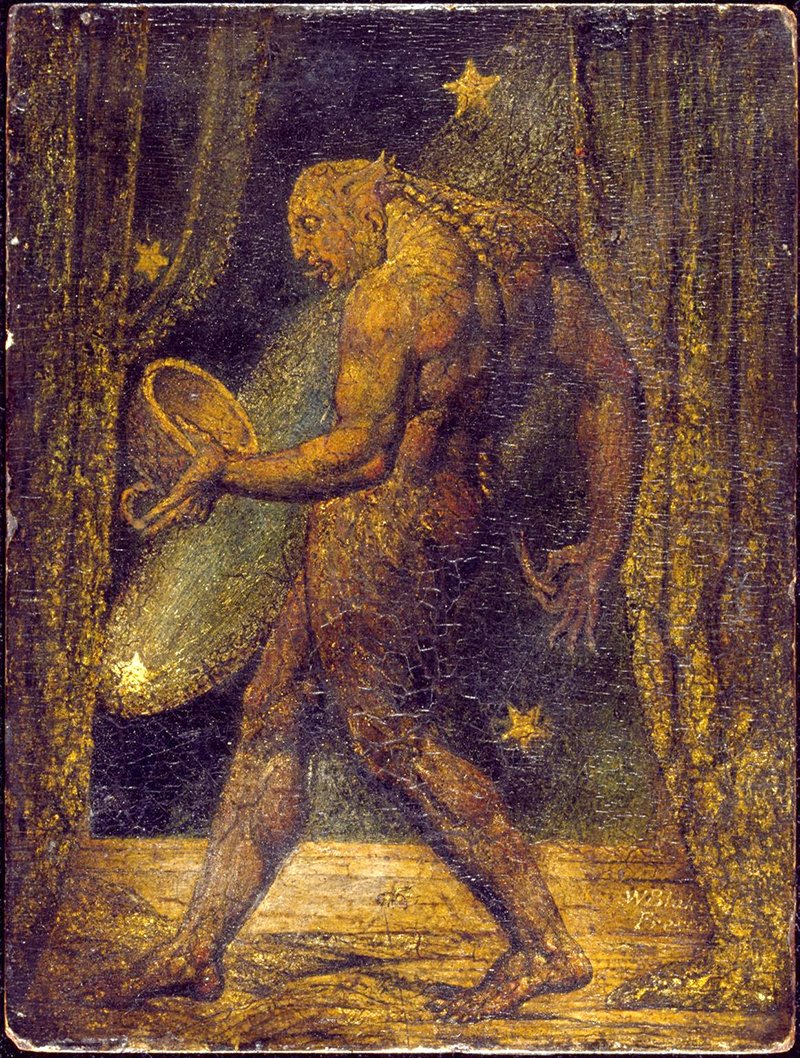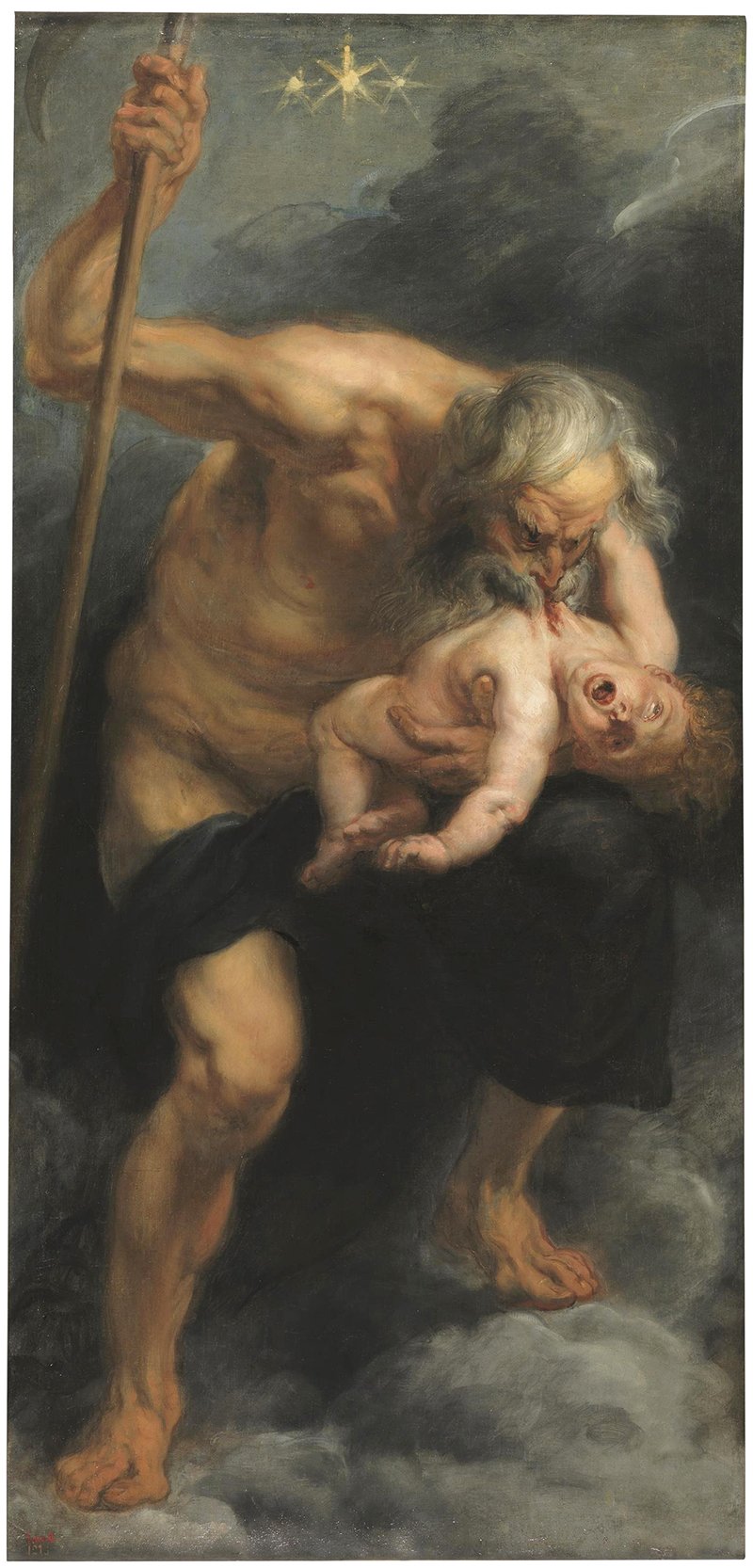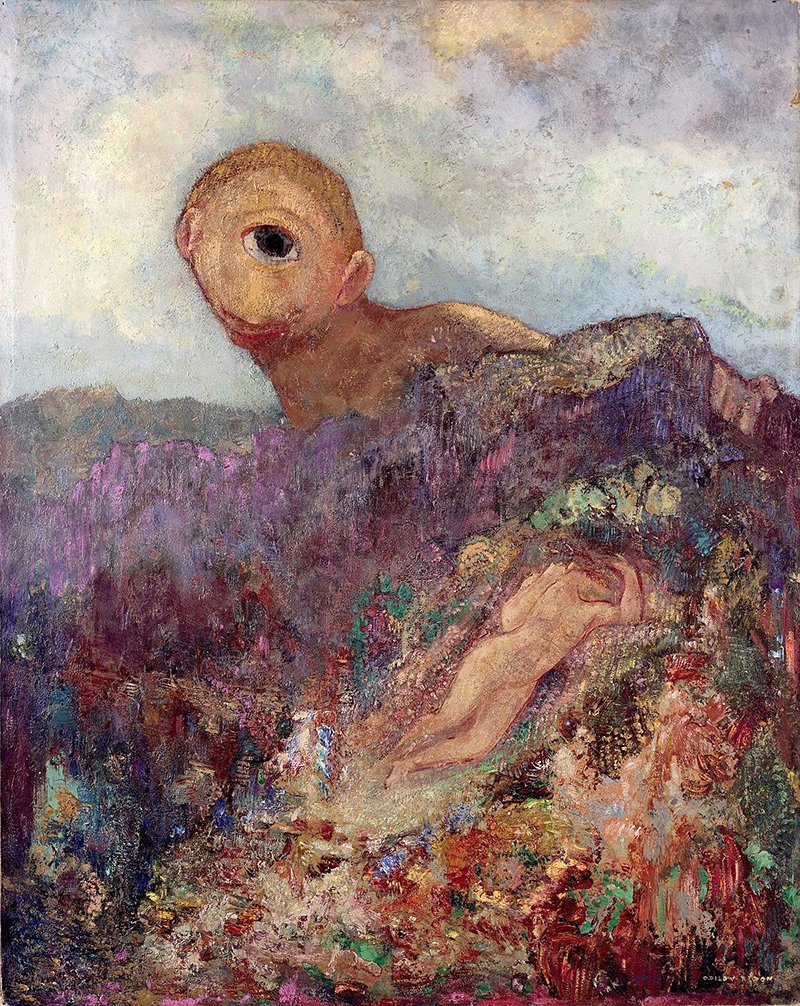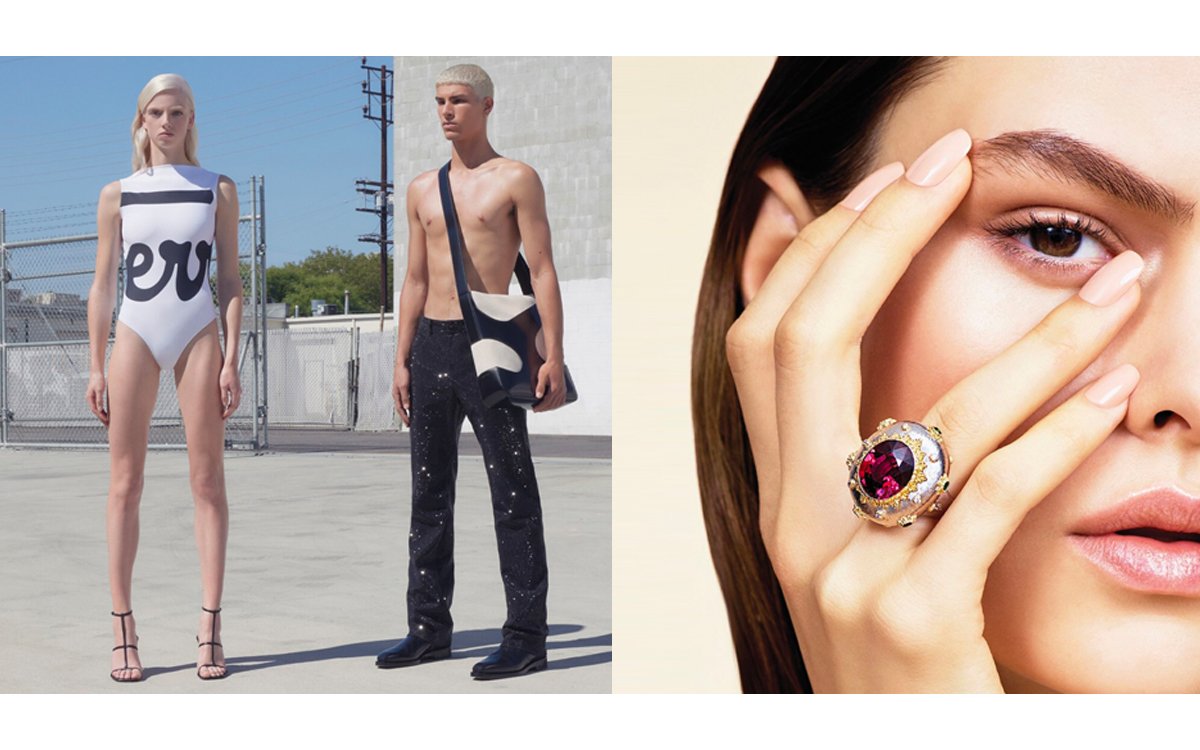Are You Ready For The Halloween Mood? If Yes, We’re Here With Some Of The Horrifying Works Of Art That Are Surely The Right Pick To Up The Halloween Game This Year.
Welcome to the month of spookiness. The fun and excitement that the Halloween month holds has a lot to do with the eerie moments we experience. To portray and maintain the eeriness of this holiday spirit, we’re here with some fabulous pieces of art. Famous painters have created beautiful, intellectual, and eternal works of art. There are, however, a plethora of frightful paintings that shine a light on humanity’s evil amid these magnificent masterpieces.
1. THE GHOST OF A FLEA – WILLIAM BLAKE

This image could be close to what one would envision if they tried to imagine the most bizarre creature they could as a ghost. This miniature painting by one of the famous English poets and painters William Blake is held at the Tate Gallery in London. Portraying the ghostliness, the painting carried off with golden strokes over the contrasting drama that the artwork creates. It was finished between 1819 and 1820 as a piece in a series of “Visionary Heads” paintings that the astrologer and watercolourist John Varley (1778-1842) commissioned.
From 1770 to 1830, spiritual art was common in Britain, and during this period, Blake frequently created otherworldly, supernatural panels to amuse and astonish his companions. The monster in this picture is holding a cup for sucking blood and
is gazing eagerly in its direction. Blake’s hybrid of a man and a beast symbolizes a human personality tainted by animalistic tendencies.
2. SATURN – PETER PAUL RUBENS

The 1636 painting Saturn or Saturn Devouring His Son by Flemish artist Peter Paul Rubens is now on display in the Museo del Prado in Madrid. The picture, which Rubens commissioned for the Torre de la Parada, demonstrates the impact Michelangelo had on him when he was travelling across Italy. The painting’s three stars at the top depict the planet Saturn as it was described by Galileo a few years before to its creation. He mistakenly believed that there were two stars aligned with the planet; nevertheless, the two additional stars really symbolize the planet itself and the centre star. Actually, his telescope was unable to discern between them and the planet’s rings, which were present.
The painting portrays the Greek tale of Cronus eating his offspring. In the ancient tale, Cronus spit his offspring out full after having devoured them whole. However, the image depicts Cronus biting off a piece of one of his kids.
3. THE RAFT OF THE MEDUSA – THÉODORE GÉRICAULT

Originally named Scène de Naufrage (Shipwreck Scene), The Raft of the Medusa is an oil painting by French Romantic artist and lithographer Théodore Géricault that dates to 1818. Its French title is Le Radeau de la Méduse. An iconic piece of French Romanticism, it was finished when the artist was only 27. A scene from the aftermath of the loss of the French naval frigate Méduse, which struck a reef off the coast of present-day Mauritania on July 2, 1816, is seen in the over-life-size painting Medusa. People were let adrift on a hastily built raft, as shown in the artwork. One’s soul is undoubtedly shaken by the horrible occurrence.
The piece was displayed by Géricault in the Louvre’s annual exhibition of modern French art, the 1819 Salon. Although it received a gold medal, several critics mourned the grim subject matter and repulsive realism. In 1820, Géricault also travelled with the painting to England, where it became an instant hit.
4. THE CYCLOPS – ODILON REDON

Redon’s artwork depicts a realm of dreams populated by fairies, monsters, ghosts, and other fantastical creatures. In light of this, he serves as a classic example of symbolism, a late 19th-century art movement with a heavy emphasis on the subconscious, the exceptional, and the unexplainable. The Cyclops Polyphemus in this picture watches the Nereid Galathea sleep from behind a huge mountain. Galathea favors the river deity Acis over the one-eyed giant, therefore their love is unrequited. The most obvious feature of the picture is the unusually huge eye. The eye frequently appears in Redon’s artwork as an all-powerful, independent being that represents the human soul and the enigmatic, unexplored inner universe.
On the lower right, Galatea is seen dozing off, her bare figure blending into the flowery hillside. The head and shoulders of Polyphemus tower over a mountain range in the top portion of the picture as he turns his eye toward the naiad.















